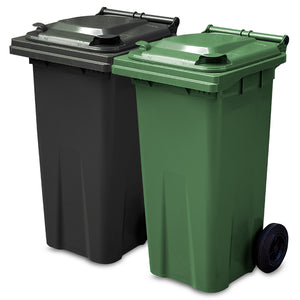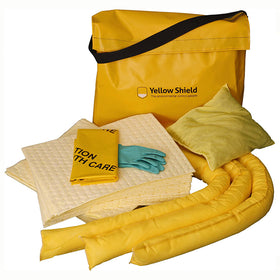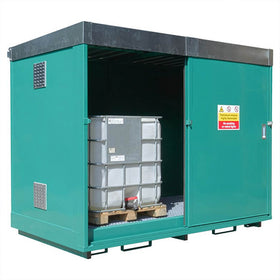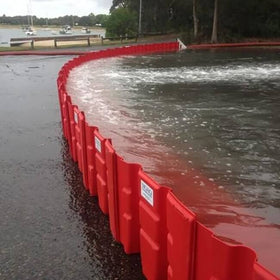Ask Yellow Shield : What are the 10 Key Issues in Successful Oil Spill Control
BP UK Logistics carried out an investigation of several hundred oil spills over the last 5 years and asked why there was an accident and what factors were key to successful spill control – See EA Report (click through to EA Report).
The result was a recommendation to focus on management procedures before moving to provide equipment or training the workforce.
- Have you done a Site Spill Risk Assessment?
- Do you know your drainage plan?
A Site Spill Risk Assessment must be the starting point. It does not need to be formal. Your site may be quite simple with only fuels, lubricating oils and cleaning chemicals handled and stored in any volume on site and you may have experienced staff that can do the assessment. Or you may wish to call in specialist spill risk assessors. Many of the professional spill equipment supply companies will give such a Site Assessment free of charge.
Managing your spill risk hinges on preventing pollution of the water course.
For a sound basis for planning spill prevention, your spill risk assessment needs:
- A plan of the surface water drains (which legally should be marked blue)
- A plan of the foul water drains (marked red)
- Knowledge of the storage and movement of liquids on your site
The key spill risks normally occur with storing, moving, and handling bulk and drum liquids.
Adequate bunding of liquid stores is a legal requirement and a big subject, but should be thoroughly investigated before planning spill clean-up activities. Management procedures, supervision and planning of liquid movements should be a precursor to deploying spill kits.
Even with the best risk assessment and the best spill prevention measures, accidental spills and leaks will still happen. The starting points are to look at:
- Where: the areas of the most serious consequences and the most frequent spill occurrences, and to where it would drain
- What: the types of liquid being spilled
- How much: estimate the likely volume of a spill
The object is to prevent ground water pollution, so your first emergency response measure in the event of a spill should be protecting the drains:
- On sophisticated sites this can involve building Pennstock barriers into the groundwater drainage systems or deploying inflatable drain sealing systems permanently in the main drains.
- On less sophisticated sites, drain covers should either be located near vulnerable drains or included in spill kits.
Common practices should be reviewed. A recent Environment Agency report, for example, highlighted the amount of vehicle washing within typical industrial estates that was completely against the EA guidelines. Environment Agency Pollution Prevention Guidelines should be consulted.
Then the right spill kits should be specified.
All reputable spill kit supply companies offer a range of spill kits, for oil spills, chemical spills, and for general purposes. These kits are available in a variety of sizes and portability, Yellow Shield’s kits range from mini spill kits to 1200 litre absorbency wheeled lockers.
Easy availability encourages prompt response.
- Where are spills most likely to happen on your site?
- Is there a suitable kit in place, or can a spill kit be moved there quickly?
If you’re moving drums around with forklift tricks, you would use wheeled bin spill kits placed at strategic points through the warehouse, so that you can move them quickly to the location of a spill, or consider spill kits that are designed for mounting on the forklift trucks themselves.
If you’re not sure which to choose, we’re happy to help: call Yellow Shield’s team of technical experts on 0845 450 0556
The Environment Agency surveyed senior managers responsible for Health, Safety, and Environments issues in large companies in the transport, logistics and distribution industries.
Neil Lennox of Sainsbury’s highlighted the importance of operator awareness: “We’ve taken people on all our sites through the scenario of what may happen and risks around diesel spillages and product spillages and liquids getting into drains. They can see where they fit into preventing problems and everyone through from the guys who pick the orders and drives the forklift trucks through to the engineers understand they all have a part to play”.
Read the full report EA Report
Having the right products in place is only part of the solution, and proper spill response training can make all the difference. Many professional spill response companies offer training spill prevention and response training courses, accredited by organizations like the British Safety Industry Federation.
It’s essential to audit your spill kits regularly, checking that they are complete in case of an emergency.
Some companies fit tamper proof tape to audit covers on spill kits—making it obvious when anyone has used a spill kit, so that the contents can be checked and replaced.
Have a good supply of other absorbents on hand for normal day to day consumption, and reserve the spill kits for emergencies only.
Call/email to speak to Yellow Shield’s technical experts?




